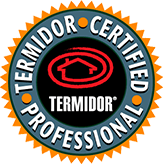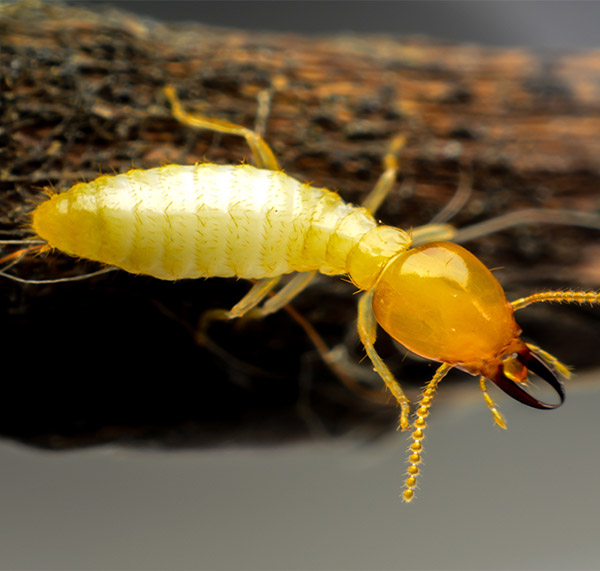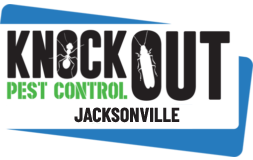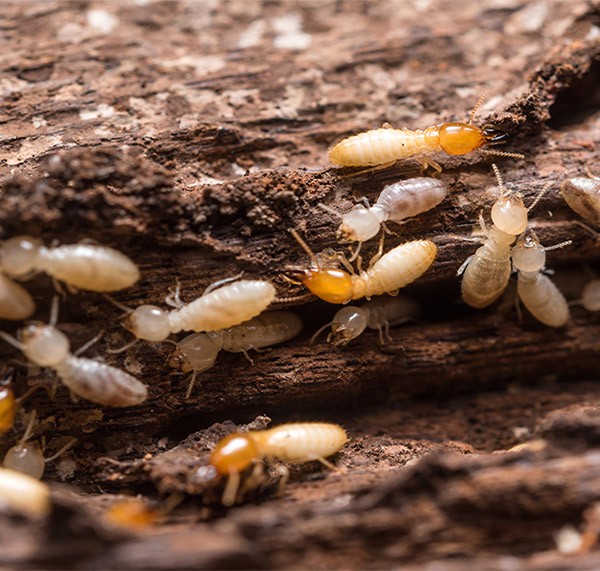Best Termite Treatment In Jacksonville

10% OFF FOR NEW CUSTOMER, SENIORS & MILITARY. CALL TODAY
HANDLING YOUR TERMITE INFESTATION TREATMENT
Swarming termites are usually what you’ll first notice as the true sign of a termite infestation in Florida. There are several types of termites found in Jacksonville Fl, including subterranean and dry wood termites. The staff at our company uses up-to-date termite detection technology to pinpoint a colony’s location and eradicate it.
With decades of experience providing termite and other pest control services near you in Jacksonville, our professional exterminators can pinpoint the source of a problem during an inspection and use proven solutions so that your biggest investment is protected. We start by identifying the type of termite responsible for the damage. Then, we look for all the points close by where termites are attacking the home.
- Paper
- Insulation
- Swimming Pool Liners
- Books
- Drywall
- Water Filtration Systems
ALL YEAR PROTECTION
Once we have determined the best way to eliminate pests and prevent further infestations, we will set up a treatment schedule that works for you. Because the temperatures in Northeast Florida very rarely drop low enough to significantly reduce some insect populations, the most effective plans include year-round treatments.

Different Types of Termites
Subterranean Termites
Subterranean termites are a highly organized and destructive species of termites that live underground. They are social insects, living in colonies that can consist of millions of individuals. These colonies are made up of different castes, including workers, soldiers, and reproductive termites. The workers are responsible for building and maintaining the nest, while the soldiers defend the colony against predators. The reproductive termites are responsible for expanding the colony by establishing new nests.
One of the most interesting aspects of subterranean termites is their ability to construct elaborate tunnel systems. These tunnels allow them to access aboveground food sources without being exposed to predators or harsh environmental conditions. The tunnels are made from a combination of soil, saliva, and other secretions, creating a strong and durable structure. This underground network is essential for the survival and expansion of the colony.
Subterranean termites are notorious for their destructive behavior. They feed on wood and other plant materials, causing significant damage to buildings and structures. They can go undetected for long periods of time, silently weakening the structural integrity of a building. This makes them a serious threat to homes and can result in costly repairs. It is important to be proactive in termite prevention and detection to mitigate the potential damage caused by these pests.
Swarming Termites
Swarming termites (also known as alates) are a fascinating phenomenon in the insect world. These termites are part of the reproductive caste of a colony and are responsible for starting new colonies. Swarming usually occurs during specific times of the year, typically after a rainstorm or during warmer months. During this time, thousands of winged termites emerge from their nests and take flight in search of a suitable mate and a new location to establish a colony.
The swarming behavior is an essential part of their life cycle. They are equipped with long wings that allow them to fly away from their original colony. Once they find a mate, they shed their wings, pair up, and search for a suitable location to start a new colony. This behavior ensures genetic diversity among termite colonies and helps in the dispersal of termites to new areas.
Swarming termites can be both beneficial and problematic. On one hand, they play a crucial role in nutrient recycling and soil fertility by breaking down dead plant material. They also provide food for many other animals in the ecosystem. On the other hand, when they swarm in large numbers near human settlements, they can become a nuisance. Their presence can lead to structural damage to buildings and other wooden structures, making termite control measures necessary to prevent infestations.
Drywood Termites
Drywood termites are a species of termites that differ from other types of termites as they do not require contact with soil to survive. Unlike subterranean varieties, drywood termites establish their colonies within dry wood structures, such as furniture, wooden beams, or even dead tree branches. They obtain moisture from the wood they consume and have a unique ability to extract water from it, allowing them to thrive in arid environments.
Drywood termites are known for their ability to cause significant damage to wooden structures. They tunnel through the wood, creating chambers and galleries where they live and reproduce. Over time, their feeding activities weaken the wood, leading to structural integrity issues. Signs of an infestation may include the presence of tiny fecal pellets (resembling sawdust), discarded wings near windowsills or light fixtures, or hollow-sounding wood when tapped.
Controlling drywood termites can be challenging due to their ability to establish colonies deep within wooden structures. Treatment methods often involve localized or whole-structure fumigation, heat treatment, or targeted spot treatments using insecticides. Regular inspections of wooden structures and prompt identification of infestations are crucial in preventing extensive damage. Taking preventive measures such as sealing cracks in wood and ensuring proper ventilation can also help minimize the risk of infestations.

